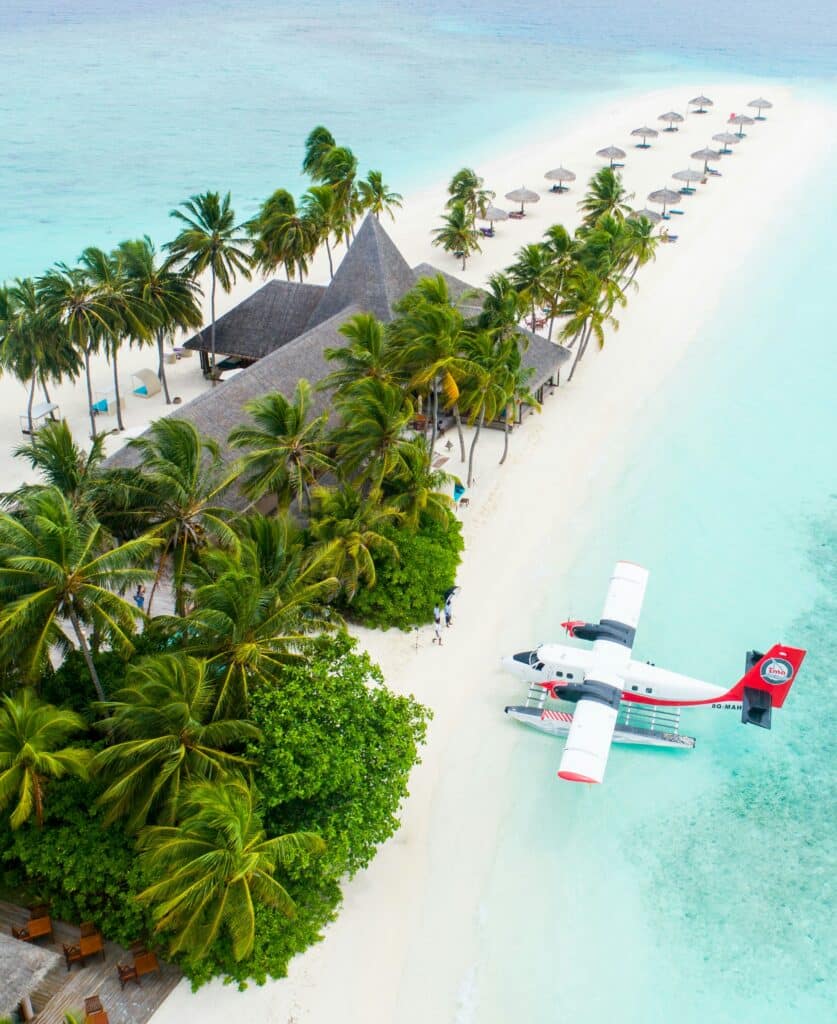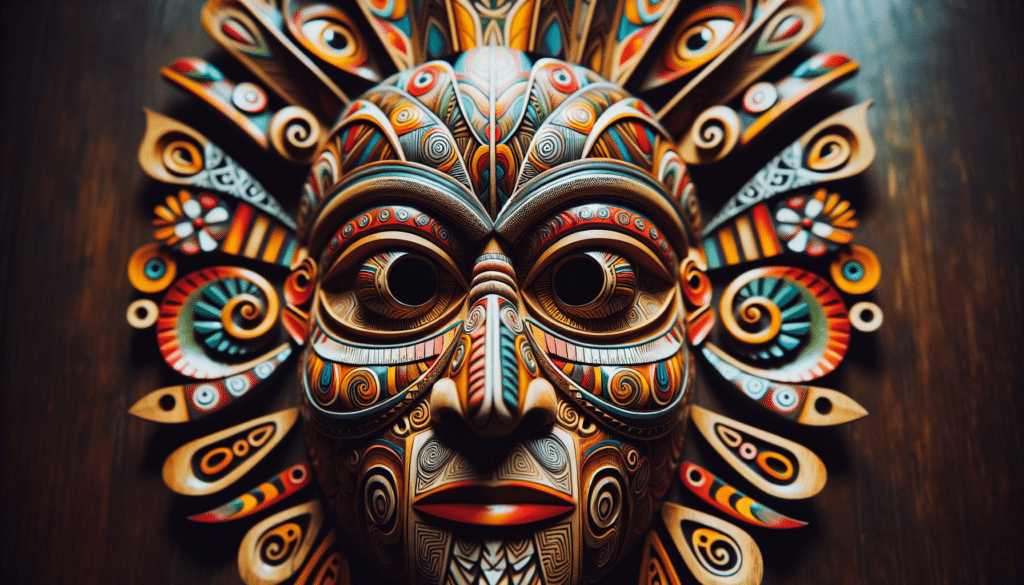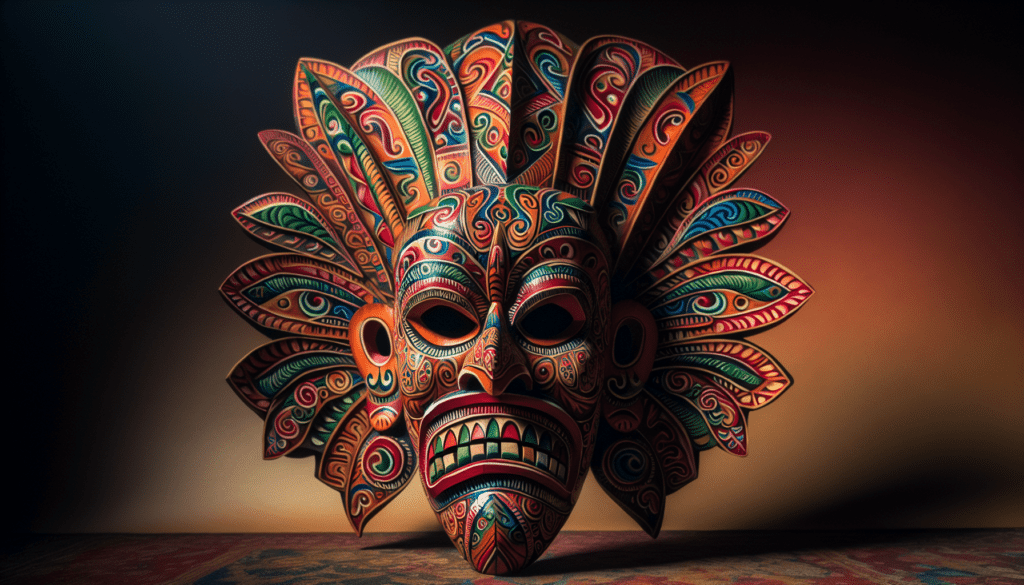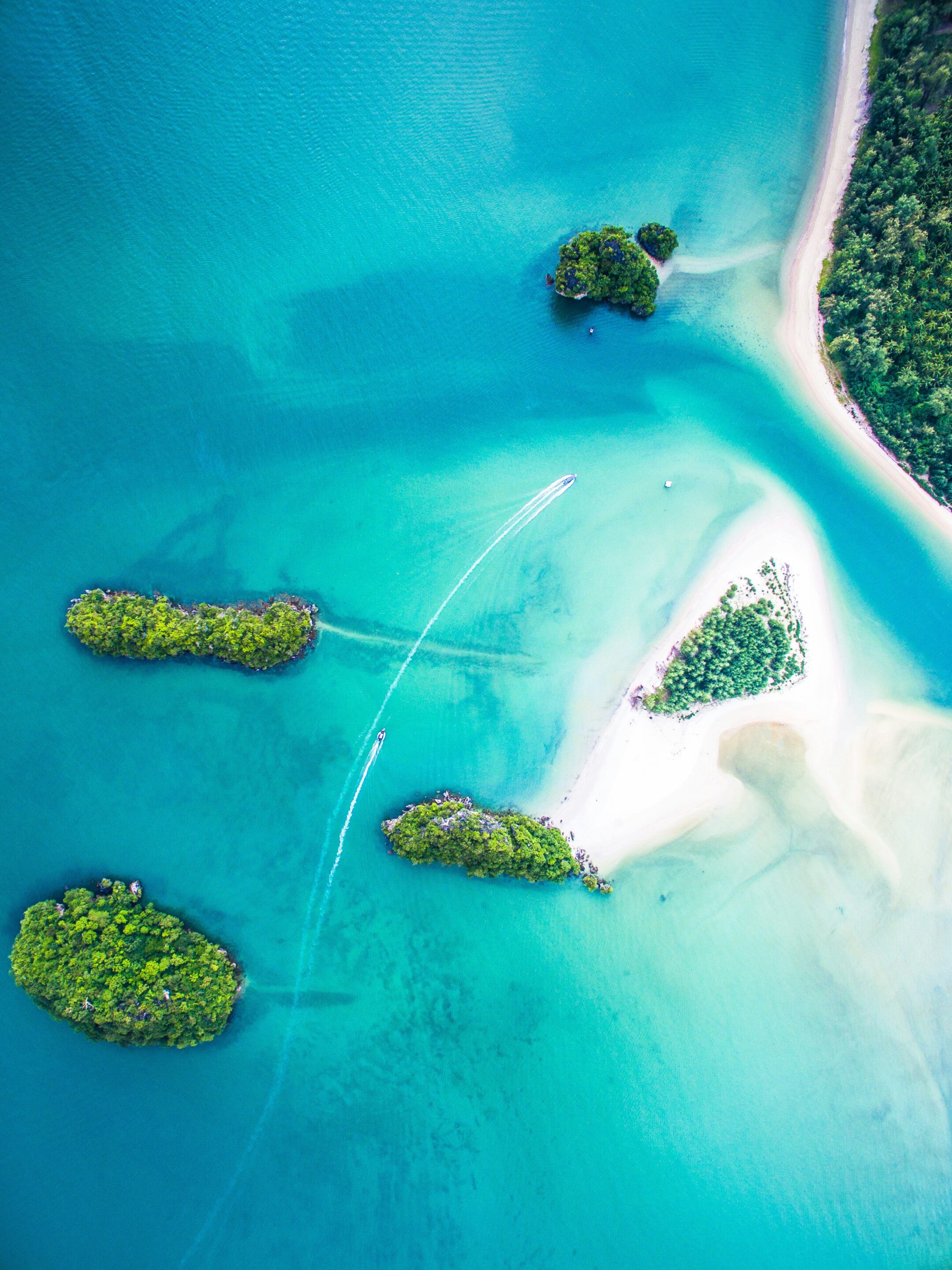Immerse yourself in the vibrant and rich indigenous cultures of Costa Rica, as we invite you on a journey to discover the best experiences that will awaken your senses and leave a lasting impression. From the breathtaking allure of traditional dance and music, to learning age-old handicraft techniques passed down through generations, this article will guide you through the best ways to fully embrace and appreciate the indigenous cultures that make Costa Rica truly special. So pack your curiosity, open your mind, and get ready for an unforgettable adventure that will open your heart to the beauty of Costa Rica’s indigenous heritage.

The Significance of Indigenous Cultures in Costa Rica
Indigenous cultures in Costa Rica hold immense historical and cultural significance. Understanding the historical background of these communities is crucial to appreciating their role in modern Costa Rican society. Furthermore, exploring different indigenous groups allows for a deeper understanding of their unique traditions, languages, and ways of life.
Understanding the historical background
Costa Rica boasts a rich history dating back centuries. Before the arrival of Europeans, the land was inhabited by various indigenous groups, each with their own distinct cultures and customs. These indigenous communities played a crucial role in shaping the region’s history, and their influence can still be felt today.
The role of indigenous cultures in modern Costa Rica
Despite the impact of colonialism and the modernization of Costa Rica, indigenous cultures continue to play a vital role in the country’s identity. They contribute to the diversity and richness of Costa Rican society, and their traditions and practices are respected and celebrated. From language preservation to environmental conservation, indigenous communities actively participate in shaping contemporary Costa Rican culture.
An overview of different indigenous groups
Costa Rica is home to several indigenous groups, each with their own unique traditions and histories. One such group is the Bribri of Talamanca, located in the southern part of the country. The Bribri have a deep connection to nature and are known for their sustainable agricultural practices.
Another indigenous group is the Cabécares of Chirripó, situated near the country’s highest peak. The Cabécares have managed to preserve their customs and language despite external influences. They are skilled artisans and maintain their traditional way of life.
Lastly, the Borucas of Buenos Aires are known for their vibrant and colorful masks, which are an integral part of their cultural identity. The Borucas embrace these masks during festivals and celebrations, showcasing their artistic talents and unique heritage.

Indigenous Reserves
To truly immerse yourself in indigenous cultures, visiting indigenous reserves is a must. These reserves not only offer a glimpse into traditional lifestyles but also signify the commitment to preserving indigenous heritage.
One such reserve is the Bribri of Talamanca reserve. Here, you can witness the Bribri’s harmonious relationship with nature and learn about their sustainable practices. You can engage with community members and gain a deeper understanding of their customs and daily lives.
For a more immersive experience, consider visiting the Cabécares of Chirripó reserve. Here, you can learn about their unique language, traditions, and artisan skills. Participating in workshops and interacting with community members will provide a firsthand insight into their way of life.
If you’re interested in the rich cultural heritage of the Borucas, a visit to the Buenos Aires reserve is a must. Explore their artistry, witness mask carving demonstrations, and delve into the stories behind these iconic masks. Your experience will be enhanced by interacting with the Borucas and understanding the significance of their cultural practices.
Traditional Art and Crafts
Costa Rica’s indigenous communities are known for their exceptional artistic skills and craftsmanship. From intricately painted furniture to traditional pottery, embarking on an exploration of their art and crafts is a journey into their cultural expressions.
Sarchí, a town renowned for its vibrant artistry, is an ideal place to explore Costa Rica’s traditional crafts. Visit the local artisan workshops, where skilled craftsmen create intricate paintings, beautifully carved furniture, and handmade souvenirs. Take a stroll through the town’s vibrant streets and immerse yourself in the colorful expression of Costa Rican culture.
Guaitil, a small village in the Guanacaste province, is famous for its pottery making. Here, you can witness the ancient techniques passed down through generations. Engage with local potters, observe their skillful hands mold clay into exquisite pieces, and even try your hand at pottery making. This immersive experience will provide a deep appreciation for the artistry and cultural significance of traditional pottery.
The Boruca mask tradition is another captivating aspect of indigenous culture in Costa Rica. These intricately carved masks are not only beautiful but also hold immense symbolic meanings. Visiting Boruca communities and witnessing mask carving demonstrations will give you a glimpse into this ancient art form and its importance in their cultural celebrations.

Indigenous Food and Culinary Tradition
Food is an integral part of any culture, and Costa Rica’s indigenous communities offer a unique culinary experience. Exploring indigenous food preparation allows you to understand the connection between traditional cuisine and the environment.
Discover the art of indigenous food preparation by visiting local communities. Learn about the traditional ingredients used and the importance of sustainable farming practices. Participate in food preparation workshops and enjoy a hands-on experience in making traditional dishes. This immersive culinary journey will not only satisfy your taste buds but also deepen your understanding of the cultural significance of indigenous food.
Tasting traditional indigenous dishes provides a delicious insight into the diversity of Costa Rican cuisine. From mouthwatering corn-based dishes to flavorsome stews, each bite tells a story of indigenous traditions and generations of culinary wisdom. Local food markets and indigenous festivals are excellent opportunities to savor these authentic flavors and support the culinary traditions of indigenous communities.
Sacred Indigenous Sites
Costa Rica’s indigenous communities have sacred sites that hold significant cultural and historical importance. Exploring these sites allows for a deeper understanding of the spirituality and beliefs of indigenous cultures.
One such site is the Guayabo National Monument, an archaeological site near Turrialba. This ancient city provides a glimpse into the pre-Columbian era and the beliefs of the indigenous communities that once inhabited the area. Walk through the ruins, marvel at the stone structures, and learn about the spiritual practices that took place in this sacred site.
The Diquis Delta stone spheres are another fascinating feature of indigenous culture in Costa Rica. These perfectly shaped stone spheres are believed to have been created by indigenous civilizations thousands of years ago. Explore these mysterious spheres and learn about the cultural significance they hold for the indigenous communities.
Rincón de la Vieja, a volcanic complex and national park, is not only a natural wonder but also a site of cultural importance. The indigenous communities surrounding the park have deep spiritual connections to the land. Hike through the park, witness the volcanic activity, and learn about the indigenous beliefs and rituals associated with this sacred site.

Indigenous Spiritual Practices
Indigenous communities have deep-rooted spiritual practices that connect them to their ancestors and the natural world. Understanding these practices is vital to appreciating the cultural identity and spirituality of Costa Rica’s indigenous populations.
Ancestral cosmology plays a pivotal role in indigenous spiritual practices. It encompasses beliefs about creation, the natural elements, and the interconnectedness of all living beings. Participating in traditional rituals and observing ancient ceremonies allows for a profound insight into the spiritual beliefs that shape indigenous cultures.
Encountering shamanic practices provides a unique perspective on indigenous spirituality. Shamans are spiritual leaders and healers who play a vital role in indigenous communities. By engaging with shamans and experiencing their rituals, you can gain a deeper understanding of their traditions and beliefs.
Indigenous Festivals and Celebrations
Participating in indigenous festivals and celebrations is a vibrant way to experience the cultural richness of Costa Rica’s indigenous communities. These events provide an opportunity to witness traditional dances, music, and rituals that are integral to their cultural heritage.
The Indigenous Cultural Week is a highlight of Costa Rica’s festival calendar. This week-long celebration showcases the diverse indigenous cultures of the country through traditional dances, music performances, and art exhibitions. Participate in workshops, watch parades, and immerse yourself in the contagious joy and pride of the indigenous communities.
The Fiesta del Maíz (Corn Festival) is another festival not to be missed. This celebration not only honors corn, a sacred crop for indigenous communities, but also showcases indigenous art, crafts, and music. Join in the festivities, taste delicious traditional corn-based dishes, and witness the cultural splendor of the indigenous populations.
The Dia de los Muertos (Day of the Dead) celebration offers a unique perspective on the intersection of indigenous and Spanish traditions. This colorful festival celebrates the lives of ancestors with vibrant altars, traditional food offerings, and lively processions. Experience the rich symbolism and spiritual significance of this event and gain a deeper appreciation for the indigenous cultures of Costa Rica.

Eco-friendly Indigenous Practices
Costa Rica’s indigenous communities have a deep connection to nature and prioritize environmental conservation. Learning from their traditional farming methods and understanding their sustainable practices can inspire us all to adopt more eco-friendly approaches.
Traditional farming methods, such as agroforestry and permaculture, are at the heart of indigenous agricultural practices. By observing and learning from these methods, we can gain valuable insights into sustainable agriculture and land management. These practices ensure the preservation of biodiversity and promote a harmonious relationship between humans and the environment.
Indigenous cultures have a profound respect for the natural world. From protecting sacred sites to upholding traditional beliefs, their connection to nature is deeply ingrained. By embracing their values and adopting eco-friendly practices, we can contribute to preserving the environment and creating a sustainable future.
Indigenous Languages of Costa Rica
Costa Rica’s indigenous communities speak diverse languages, each representing a unique linguistic heritage. Understanding the role of these languages in cultural preservation is crucial for appreciating their significance.
The language diversity among Costa Rica’s indigenous groups is a testament to the country’s rich cultural tapestry. Glimpsing into the linguistic intricacies allows for a deeper understanding of the unique identities and histories of these communities.
Learning basic phrases in the Bribri language, for example, fosters cultural exchange and appreciation. Simple greetings and expressions not only bridge linguistic barriers but also serve as a sign of respect for the indigenous cultures of Costa Rica.
Language plays a vital role in the cultural preservation of indigenous communities. It serves as a means of passing down traditional knowledge and maintaining cultural continuity. Supporting language revitalization efforts can contribute to the preservation and celebration of Costa Rica’s indigenous heritage.
Supporting Indigenous Communities
Supporting indigenous communities is essential for preserving their cultural heritage and ensuring their sustainable development.
Buying ethically-sourced indigenous crafts enables you to directly support the artisans and their communities. Look for fair-trade cooperatives, local markets, and community-run stores when purchasing traditional indigenous crafts. By buying ethically, you can contribute to the economic empowerment and cultural preservation of these communities.
Visiting indigenous communities responsibly is crucial for maintaining a respectful and sustainable relationship. Follow guidelines provided by tour operators or community leaders to minimize your impact and show respect for cultural norms. Engage in meaningful interactions, listen to the stories and wisdom shared by community members, and leave behind positive experiences.
Additionally, donating to indigenous cultural preservation initiatives can make a significant difference in supporting these communities. Whether it be contributing to language revitalization projects, environmental conservation efforts, or educational programs, your donation can help safeguard the cultural heritage of Costa Rica’s indigenous populations for future generations.
In conclusion, immersing yourself in Costa Rica’s indigenous cultures is a transformative experience that allows for a deeper understanding of their historical significance, their role in contemporary society, and their unique traditions and languages. From visiting indigenous reserves to exploring traditional art and crafts, tasting indigenous food, and learning about sacred sites, there are countless ways to engage with and support these vibrant cultures. By embracing the diversity and richness of Costa Rica’s indigenous communities, we can celebrate their contributions to our shared heritage and promote cultural preservation for generations to come.







0 Comments